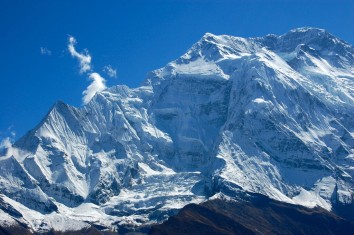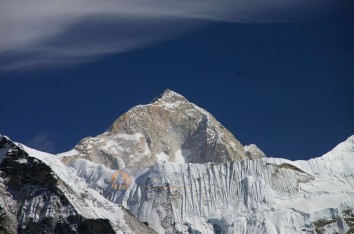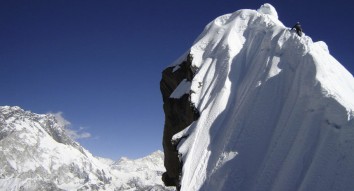Complete Guide to Budget Trekking in Nepal

Complete Guide to Budget Trekking in Nepal: Tips for an Affordable Adventure
Trekking in Nepal is a dream for many adventurers around the world, offering some of the most spectacular landscapes and cultural experiences on the planet. Fortunately, experiencing the beauty of the Himalayas doesn't have to break the bank. With careful planning and smart choices, you can enjoy an affordable trekking adventure in Nepal. Here's your complete guide to budget trekking in this stunning region, focusing on accommodation, transportation, and food.
Planning Your Trip
1. Choose the Right Season: The cost of trekking in Nepal can vary significantly with the seasons. The peak seasons (spring: March-May and autumn: September-November) typically feature higher prices due to increased demand. For budget travelers, considering the shoulder seasons (early September or late November) can mean lower costs and fewer crowds.
2. Research and Select Affordable Treks: While Everest Base Camp and Annapurna Circuit are popular, they can also be more expensive due to permit costs and the need for guides. Alternative treks like Langtang Valley, Poon Hill, or the Kanchenjunga Base Camp offer equally breathtaking scenery with potentially lower costs.
Budget Accommodations
3. Stay in Teahouses: Teahouses are the most economical lodging options in the mountains. They provide basic rooms and communal bathrooms. Staying at these places not only cuts down on costs but also offers a more authentic Nepalese experience. Booking in advance isn't usually necessary, which gives you flexibility in your travel plans.
4. Consider Homestays: In some villages, you can stay with local families. This not only costs less but also immerses you in the local culture and supports the community directly.
Transportation on a Budget
5. Local Buses and Shared Jeeps: Instead of booking private tours or flights to trek starting points, use local buses or shared jeeps. They are much cheaper and are an adventure in themselves. Be prepared for a longer journey, but consider it part of the cultural experience.
6. Group Together: If you can arrange to travel with others, you can share costs for transportation and even guide services. Check travel forums, social media groups, or notice boards in hostels in Kathmandu or Pokhara to find trekking partners.
Eating Economically
7. Eat Like a Local: Teahouses and local eateries along the trekking routes offer menus that are tailored to both Western and Nepalese tastes. Sticking to Nepalese food like dal bhat (lentil soup, rice, vegetables, and sometimes meat) is not only economical but also provides the carbohydrates and proteins needed for high-energy trekking days. Dal bhat is often served as an all-you-can-eat meal, so it's excellent for hungry trekkers.
8. Pack Snacks: While there are small shops along major trekking routes, prices for snacks like chocolates, biscuits, and drinks can be high. Stock up on these items in Kathmandu or Pokhara where they are cheaper.
Saving on Permits and Guides
9. Understand Permit Costs: Different treks require different permits. Research the costs in advance and factor them into your budget. Some treks in less touristy areas require fewer permits, which can save money.
10. Hiring Guides and Porters Wisely: While hiring a guide or a porter increases the cost, it enhances safety and employment for locals. If on a tight budget, consider sharing a guide or porter with other trekkers. Make sure any guide or porter hired is treated fairly and paid adequately.
Travel Insurance and Health
11. Don’t Skimp on Insurance: Having robust travel insurance that covers high-altitude trekking is crucial. While it seems like an extra cost, it can save you a significant amount of money in case of emergencies or medical issues.
Be Prepared
12. Gear Up Affordably: Rent or buy second-hand trekking gear in Kathmandu. Shops in Thamel offer everything from sleeping bags to down jackets. This is far cheaper than purchasing new gear at home or relying on buying everything new upon arrival.
Conclusion
Trekking in Nepal on a budget is entirely feasible and can greatly enhance your experience. By immersing yourself in the local culture, choosing budget-friendly options, and planning carefully, you not only save money but also gain a deeper understanding of the land and its people. Nepal's trails offer the adventure of a lifetime and are accessible to every traveler, no matter their budget.


.jpg)
.jpg)





.jpg)

